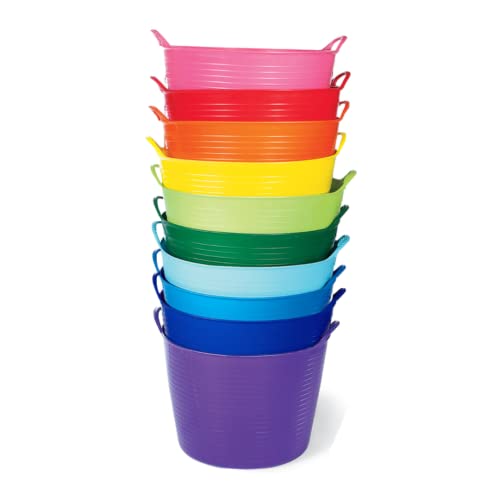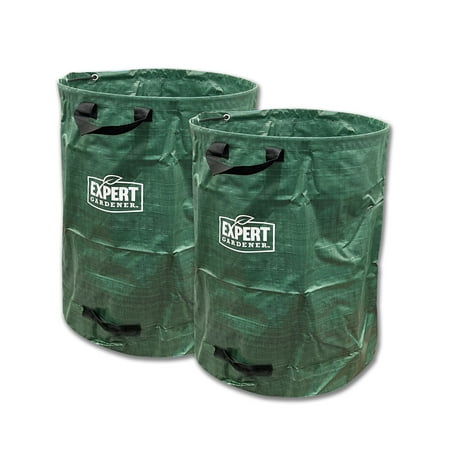I'm a professional gardener, and this growing trick is proven to increase your zinnia flowers
Learning how to pinch out zinnias will help to increase the number of flower stems long into the summer
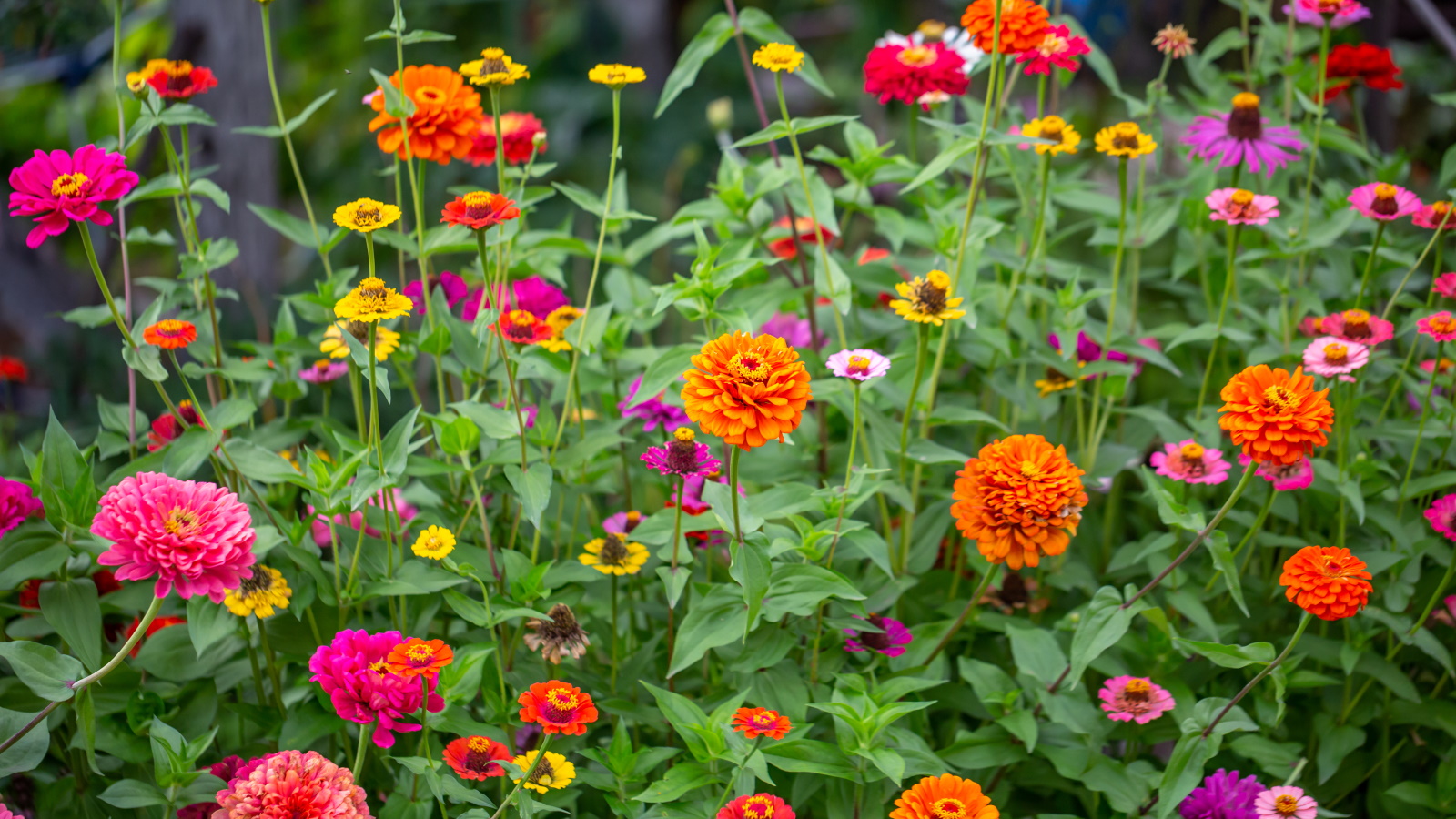

Zinnias are long-flowering and colorful annuals, impactful when planted in any cutting garden. If I had to choose one annual to recommend to a beginner gardener, it would be zinnias. Easy to germinate and grow, these annuals will bloom for much of the summer and fall. What's more, zinnias are striking whether admired in the yard or a vase indoors.
If you are wondering how to keep zinnias blooming, pinching out is one gardening job that will ensure that your plants produce as many flowers as possible. For those gardeners asking what is pinching out, this technique is straightforward to understand and easy to do. Put simply, by removing the growing tips - or pinching out - you can help your zinnias to remain compact and bushy while also increasing flower production.
I have grown zinnias in several gardens where I have worked in the UK and Italy and found that pinching out helps to keep annual plants floriferous for longer. Here, I reveal all I know on how to do it.
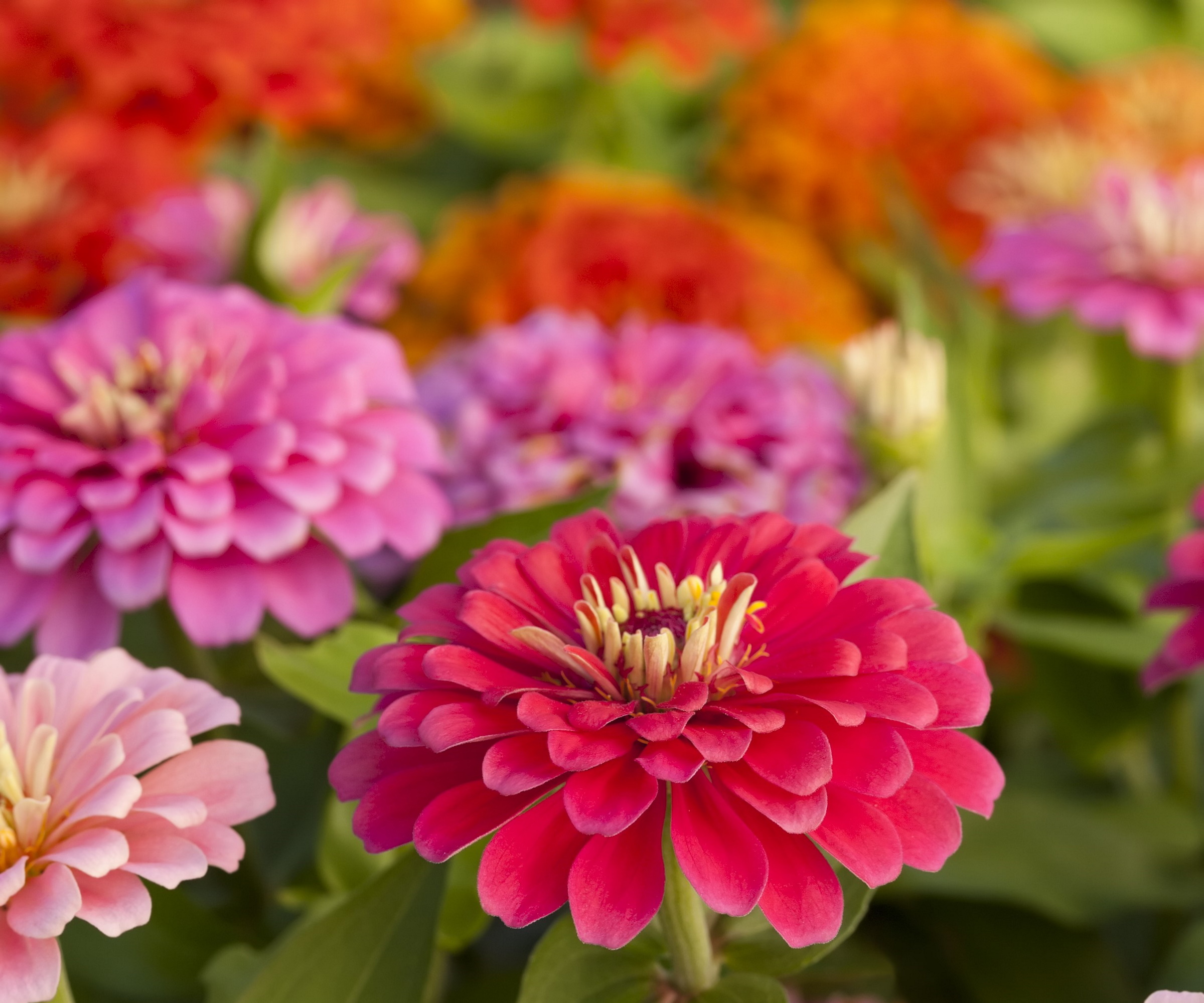
How to pinch out zinnias
Pinching out is an essential task if you are growing zinnias, whether planted in pots or borders. One of my favorites is Zinnia tenuifolia, also known as the red-spider zinnia, earning such a nickname from its delicate, spider-like petals. The most popular option would be Zinnia elegans, which comes in a range of colors, including pink, red, and orange, all of which would add drama to any yard.
Whatever type of zinnias you grow and wherever you choose to grow them, pinching out is a proven technique for increasing flower production.
When to pinch out zinnia plants
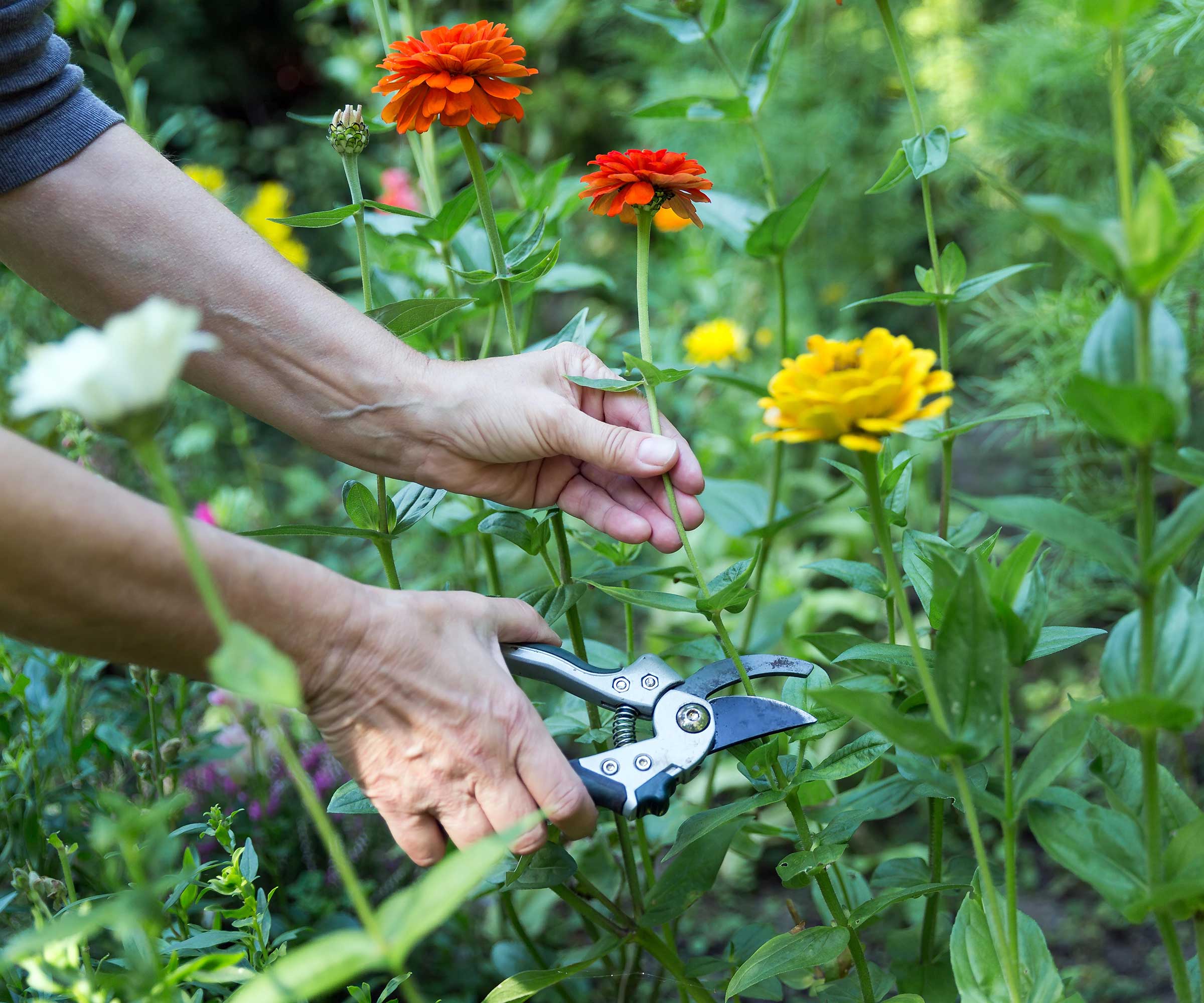
Zinnias are fast-growing flowering annuals that thrive in a sunny spot with well-draining soil. As spring rolls on, zinnias can grow at a quick rate, meaning that pinching out is a necessary gardening job best done early in the growing season.
Learning how to pinch out zinnias is fairly straightforward, and any gardener, regardless of experience, can learn how to do this essential task. While different gardeners will have different approaches to pinching out, in my experience, I have found that zinnia plants should be pinched when they are still young.
Doing so at this time is recommended as it will encourage the plant to develop a more bushy growth habit. Depending on the zinnia varieties you are growing, this will differ, but usually, when the plant is approximately 10 to 15 inches, it is time to pinch out the growing tips.
While this might feel cruel, as you are effectively preventing your plant from blooming in the short term, pinching out the growing tips and buds at this stage will encourage your plants to put all their energy into new lateral growth.
Zinnia seeds are available to buy online from Walmart.
How to pinch out zinnia plants
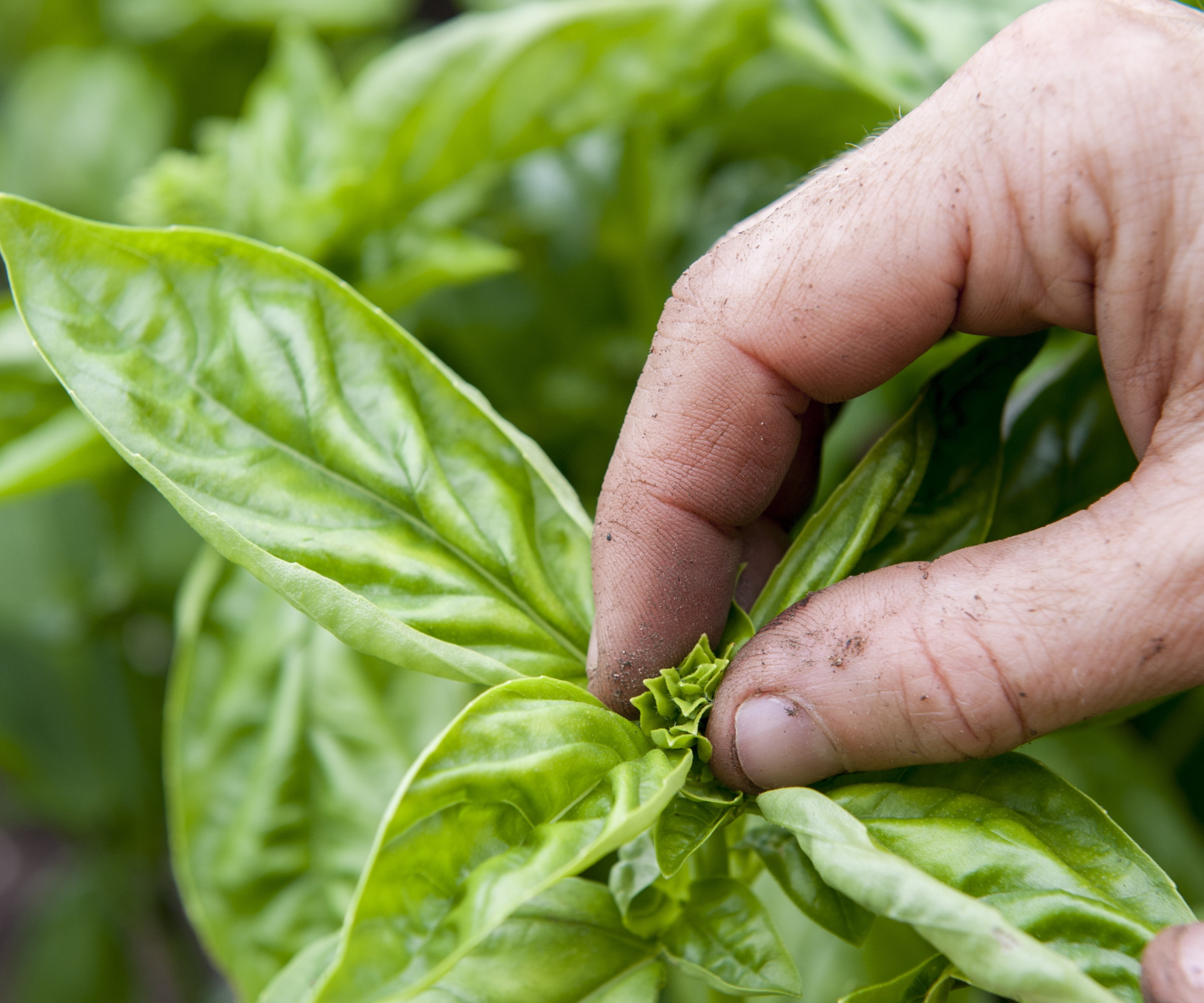
Looking at your plants, you will see a central growing tip or bud at the top of each stem, as can be seen in the image above. Below this, there should be a pair of leaves. Underneath your cut is where side shoots will develop, meaning more lateral - as opposed to vertical - growth.
It is important to do this before the plant becomes too tall or leggy, as you want to maintain a compact and floriferous plant, so remembering to pinch out at this stage is crucial to success.
If your zinnia plant has grown quickly and is taller than expected, fear not, you can pinch down a little further, cutting down to the second or third leaf pair to encourage bushy growth lower down.
It is up to you whether you use your fingers or tools to pinch out. I prefer using clean, sharp pruning snips, available from Amazon, to guarantee a sharp and precise cut that doesn't unnecessarily tear or damage the plant.
In just a few days, you will see new leaves unfurling and new stems shooting. Soon enough, you will have many more flowers on your bushy zinnia plants that can be admired in the yard or snipped and placed in a vase.
Shop garden accessories
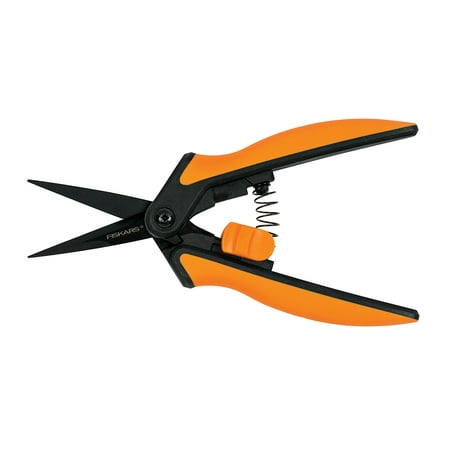
These pruning snips are lightweight and effective for all your lightweight pruning needs, making deadheading and trimming jobs easy and quick.
FAQs
What happens if I do not pinch out my zinnia plants?
If you do not pinch out your zinnias, your plants will still bloom for much of the spring and summer. Not pinch out can result in taller, leggy plants, so if you want compact growth and plenty of blooms, pinching out is recommended.
Pinching out is a tried and tested gardening technique to encourage bushy growth and maximize bloom production. By pinching out your annuals, you will enjoy lots of colorful flowers across the summer months.
For more information and growing advice on zinnias, see our guide on how to deadhead zinnias, to keep your plants looking their best this year.
Sign up to the Homes & Gardens newsletter
Design expertise in your inbox – from inspiring decorating ideas and beautiful celebrity homes to practical gardening advice and shopping round-ups.

Thomas is a Content Editor within the Gardens Team at Homes and Gardens. He has worked as a professional gardener for both public spaces and private estates, specializing in productive gardening, growing food and flowers. Trained in Horticulture at the Garden Museum, he has written on gardening and garden history for various publications, including The English Garden, Gardens Illustrated, Hortus, The London Gardener and Bloom. He has co-authored a Lonely Planet travel book, The Tree Atlas, due out in 2024.
-
 7 expert-approved painting hacks to minimize clean up – to make an already exhausting task easier
7 expert-approved painting hacks to minimize clean up – to make an already exhausting task easierAvoid a backbreaking clean-up after your next painting project with advice from the professionals
By Chiana Dickson
-
 Gwyneth Paltrow's quiet luxury kitchen is so beautiful, we almost overlooked her ultra-smart cabinets – they make the use of 'every inch' of storage space
Gwyneth Paltrow's quiet luxury kitchen is so beautiful, we almost overlooked her ultra-smart cabinets – they make the use of 'every inch' of storage spaceThe Goop founder makes use of dead space in her kitchen with customized cabinetry that reaches to the ceiling, providing ample storage
By Hannah Ziegler
-
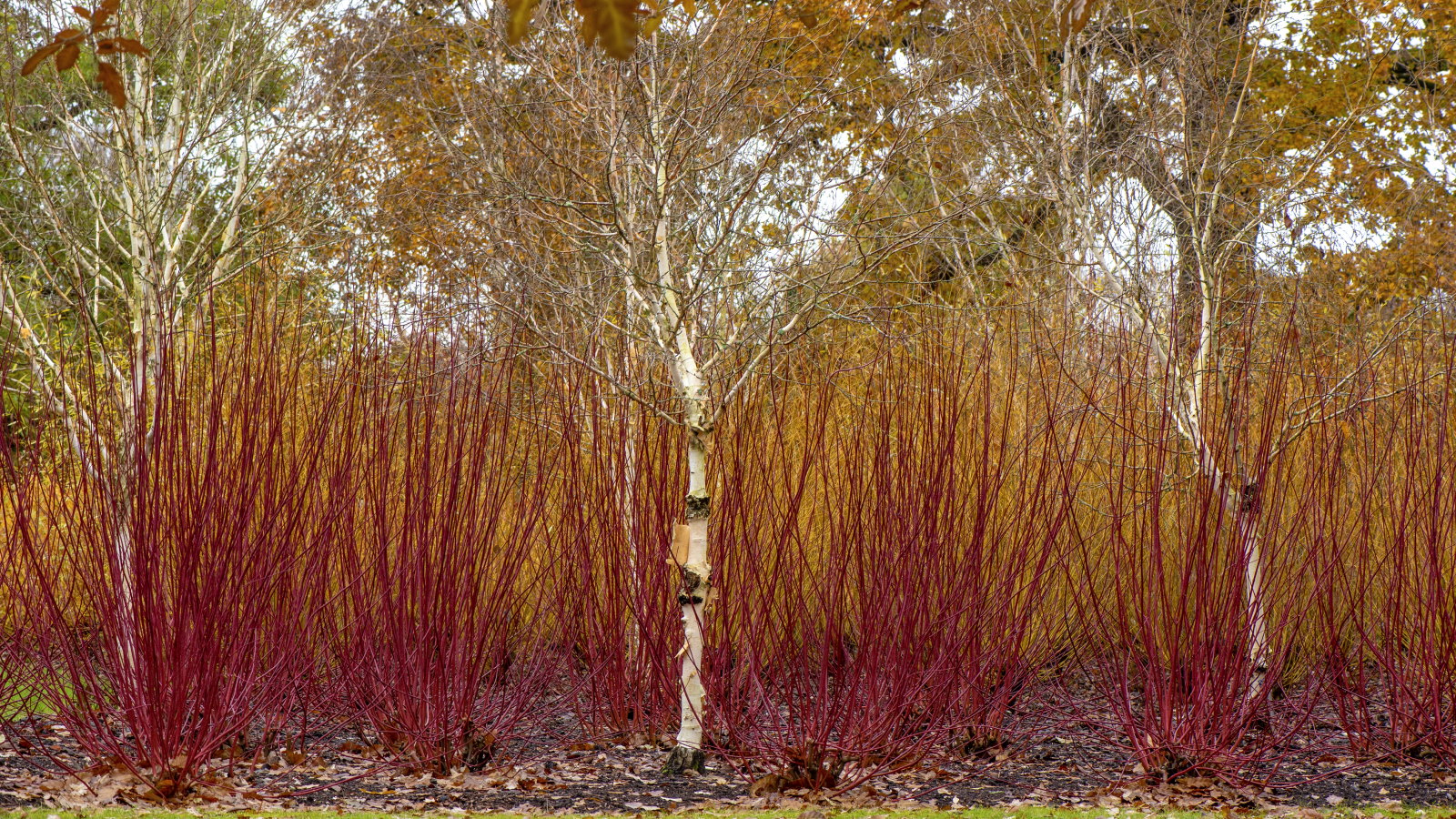 How to coppice trees and shrubs – and the 5 species that will benefit from this historical and super simple pruning technique
How to coppice trees and shrubs – and the 5 species that will benefit from this historical and super simple pruning techniqueCoppicing has aesthetic and practical benefits in a garden
By Drew Swainston
-
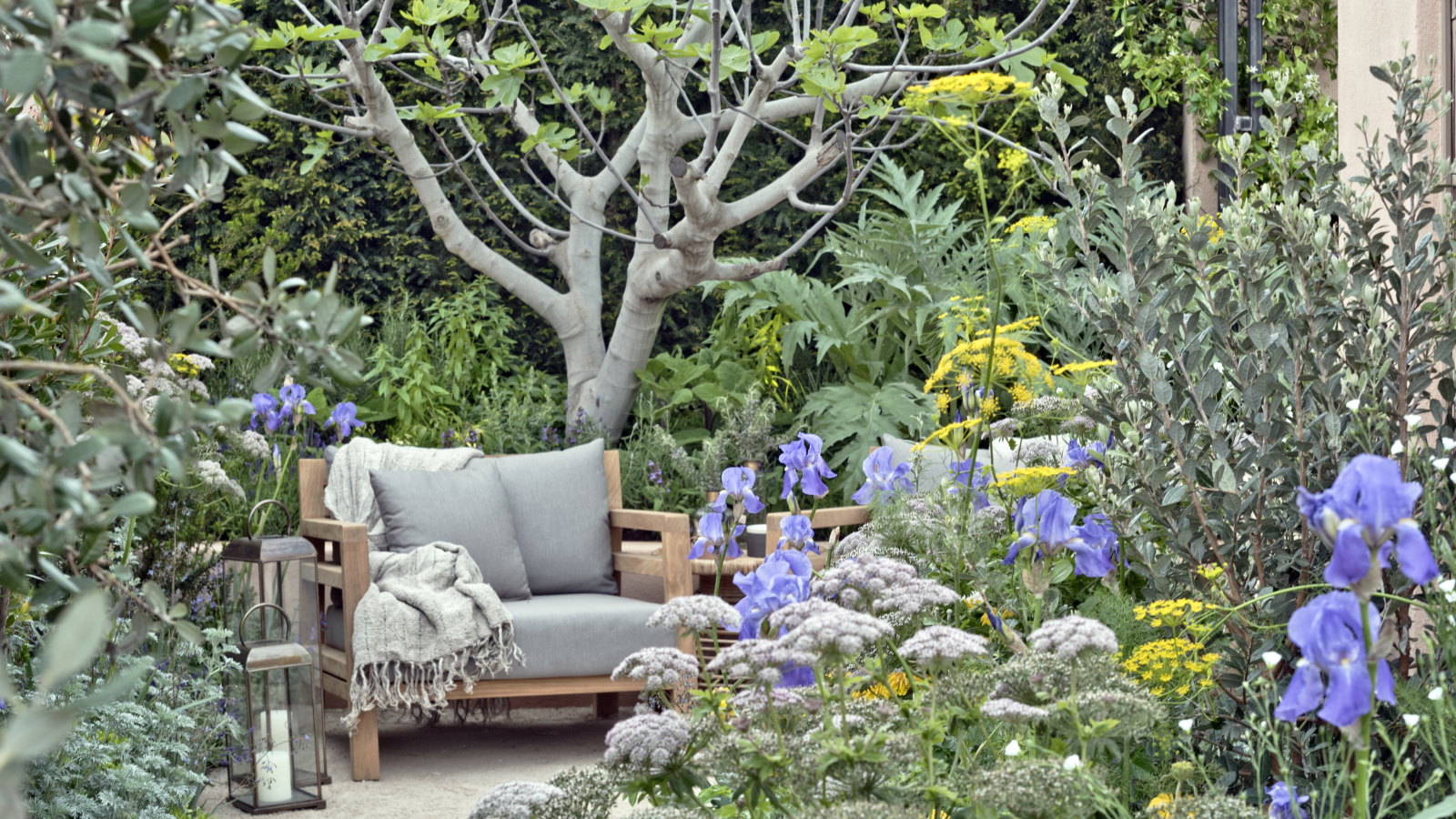 Horticulturists urge you to prune these 7 plants in April – for healthy growth and better-than-ever flowering displays
Horticulturists urge you to prune these 7 plants in April – for healthy growth and better-than-ever flowering displaysDiscover a key selection of plants to cut back this month, with expert pruning advice
By Drew Swainston
-
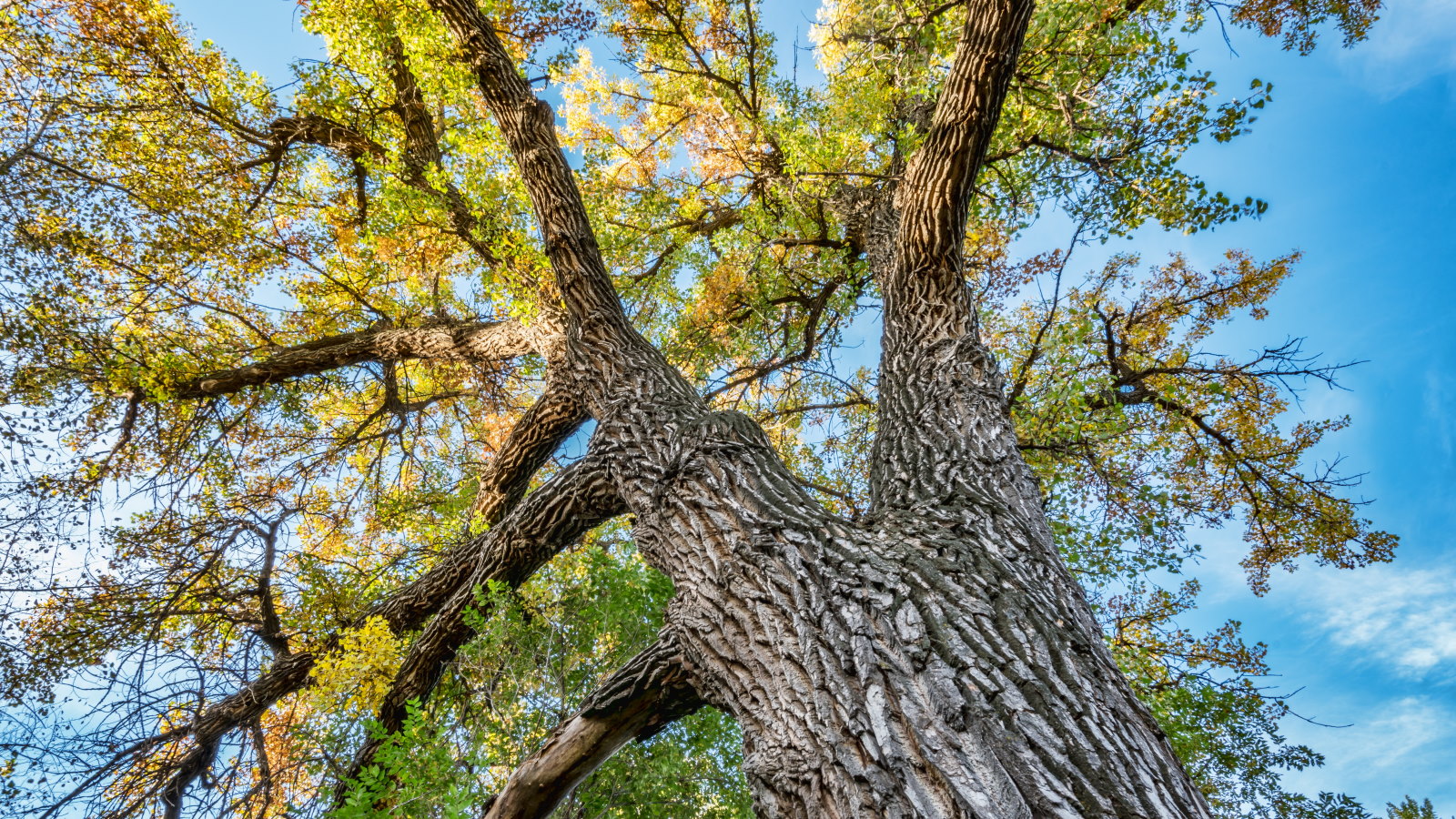 Safety is the number one reason to prune a cottonwood tree – an arborist reveals the best trimming routine to follow
Safety is the number one reason to prune a cottonwood tree – an arborist reveals the best trimming routine to followWhen and how to prune young and established cottonwoods
By Drew Swainston
-
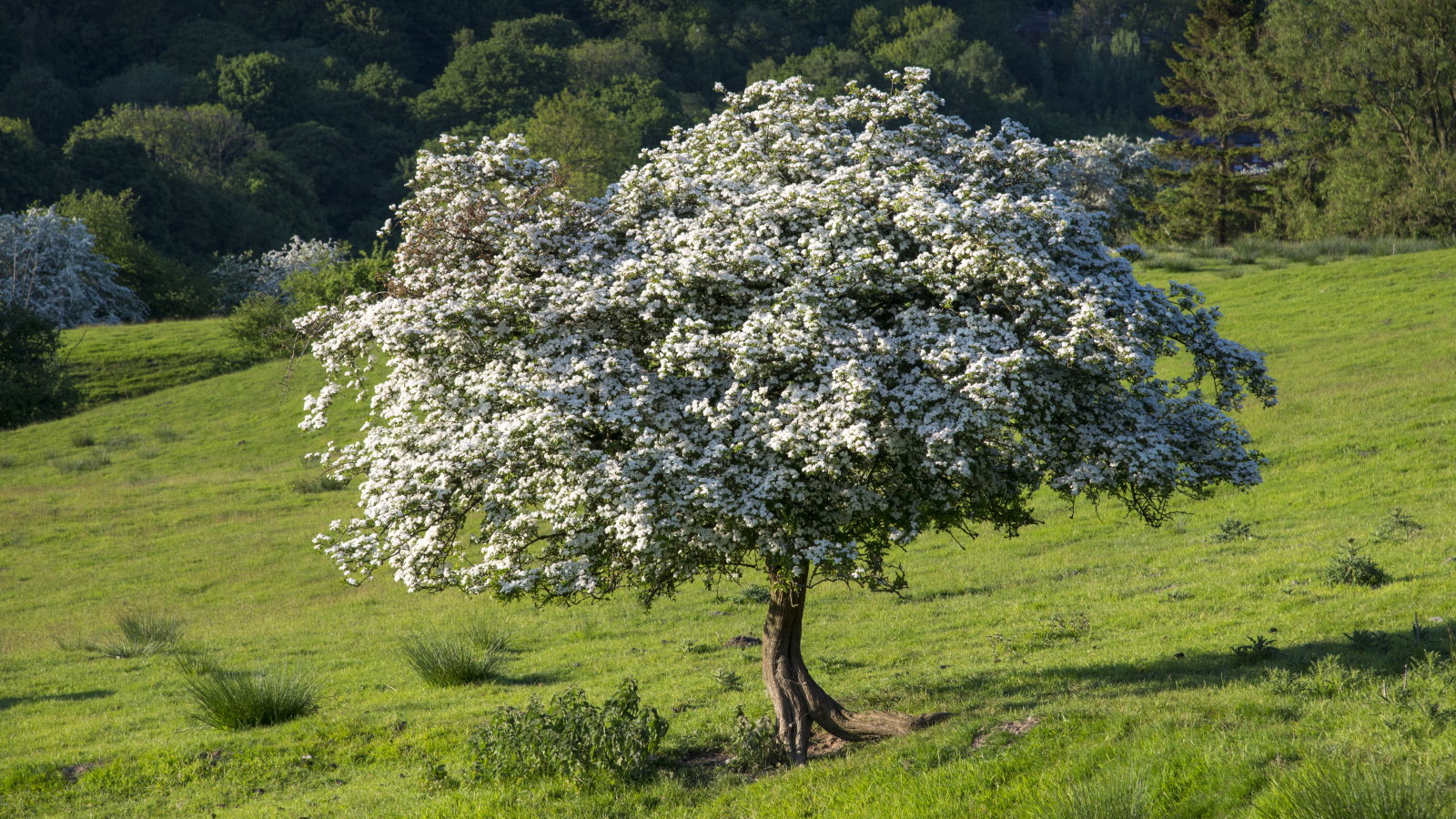 Now is the time to prune hawthorn trees to keep them healthy and attractive – 5 expert-recommended steps to follow for proper trimming
Now is the time to prune hawthorn trees to keep them healthy and attractive – 5 expert-recommended steps to follow for proper trimmingAvoid unnecessarily stressing your trees by pruning at the right time and not getting carried away
By Drew Swainston
-
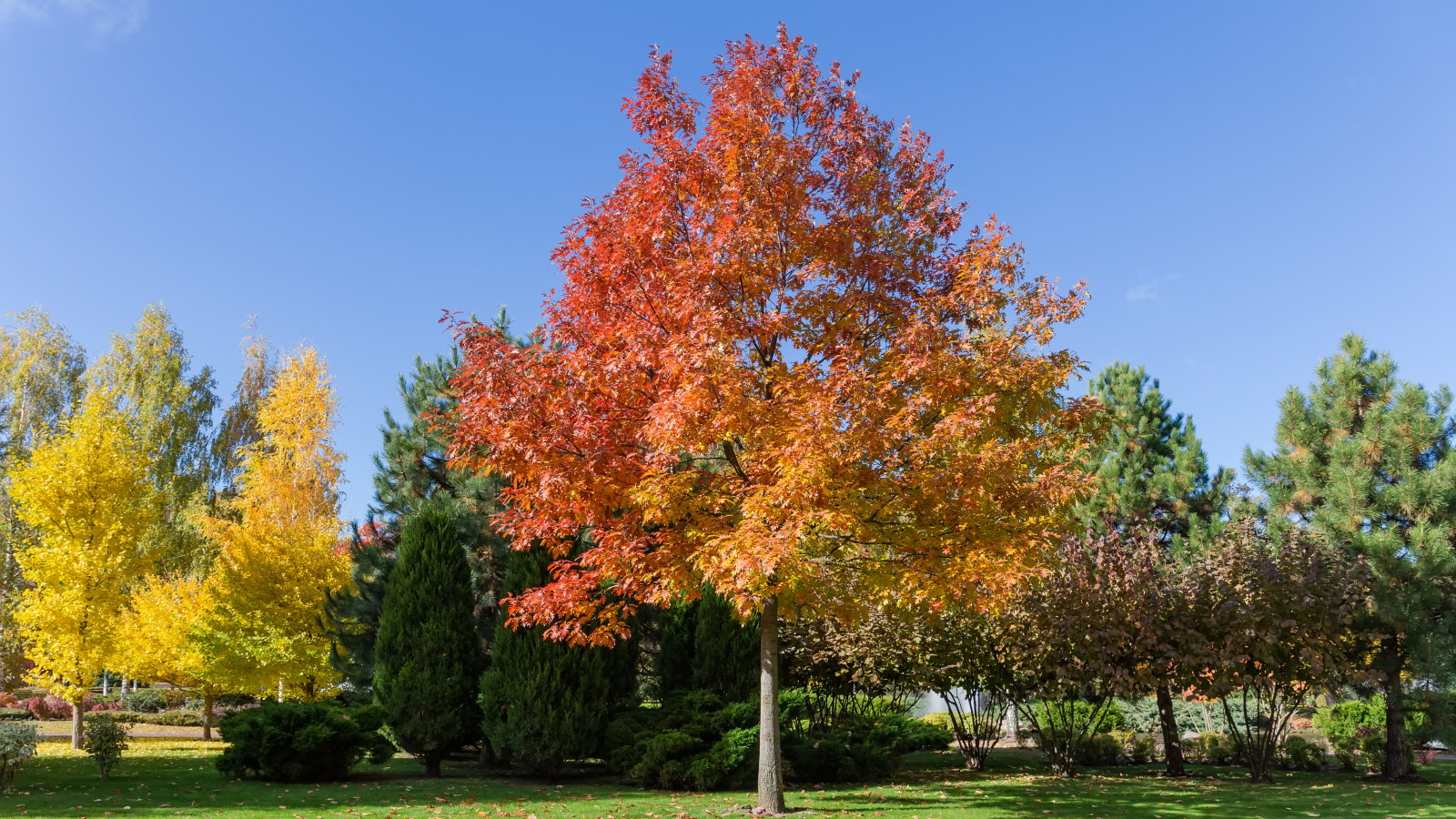 This is your last chance to prune oak trees to avoid a potentially fatal disease that can kill trees within months, arborists reveal
This is your last chance to prune oak trees to avoid a potentially fatal disease that can kill trees within months, arborists revealStay safe and discover what you can prune at different times of the year
By Drew Swainston
-
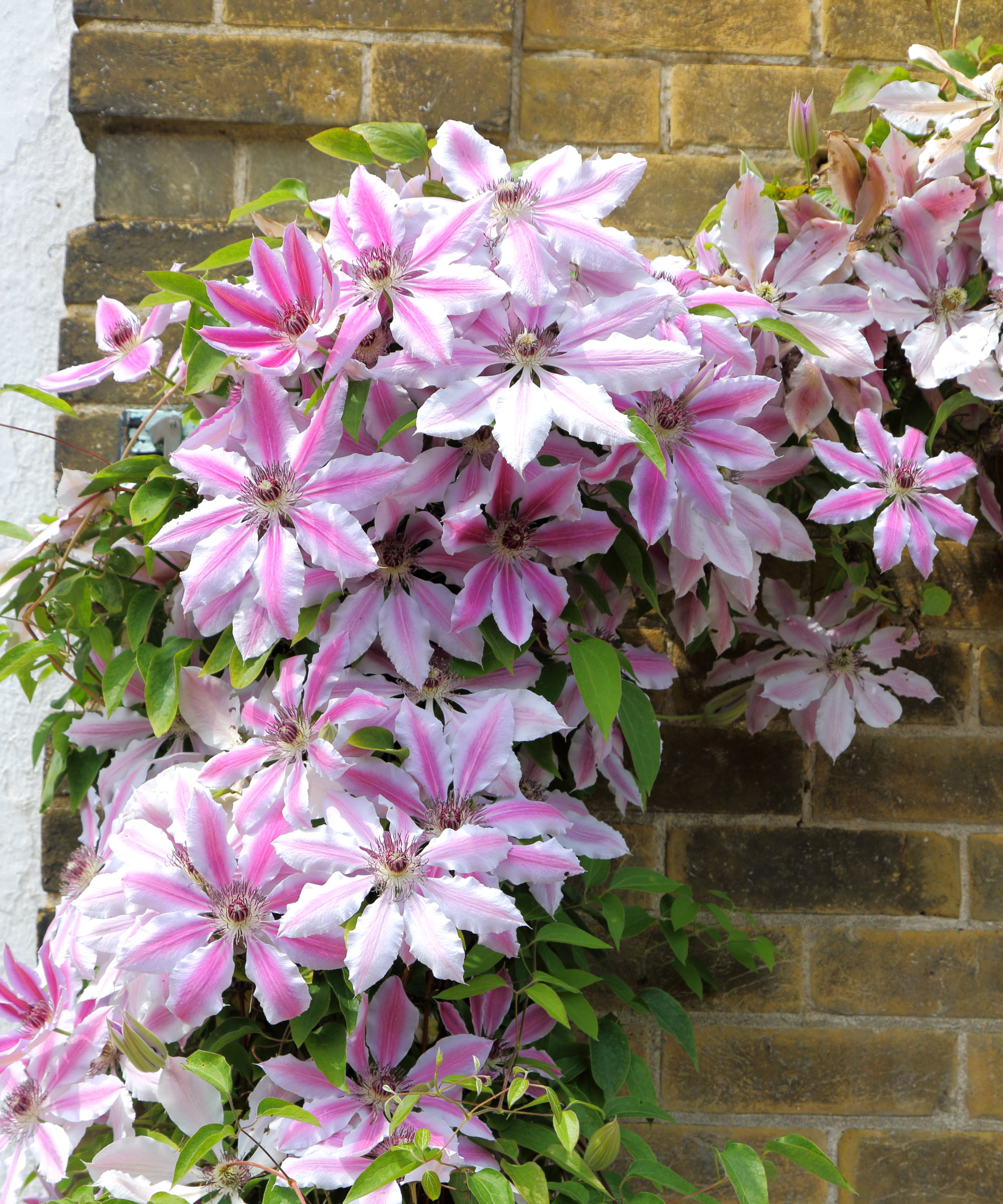 Expert horticulturists reveal 5 clematis pruning mistakes to avoid if you want spectacular floral displays
Expert horticulturists reveal 5 clematis pruning mistakes to avoid if you want spectacular floral displaysWhy you need to prune at the right time and not remove too much or too little
By Drew Swainston
-
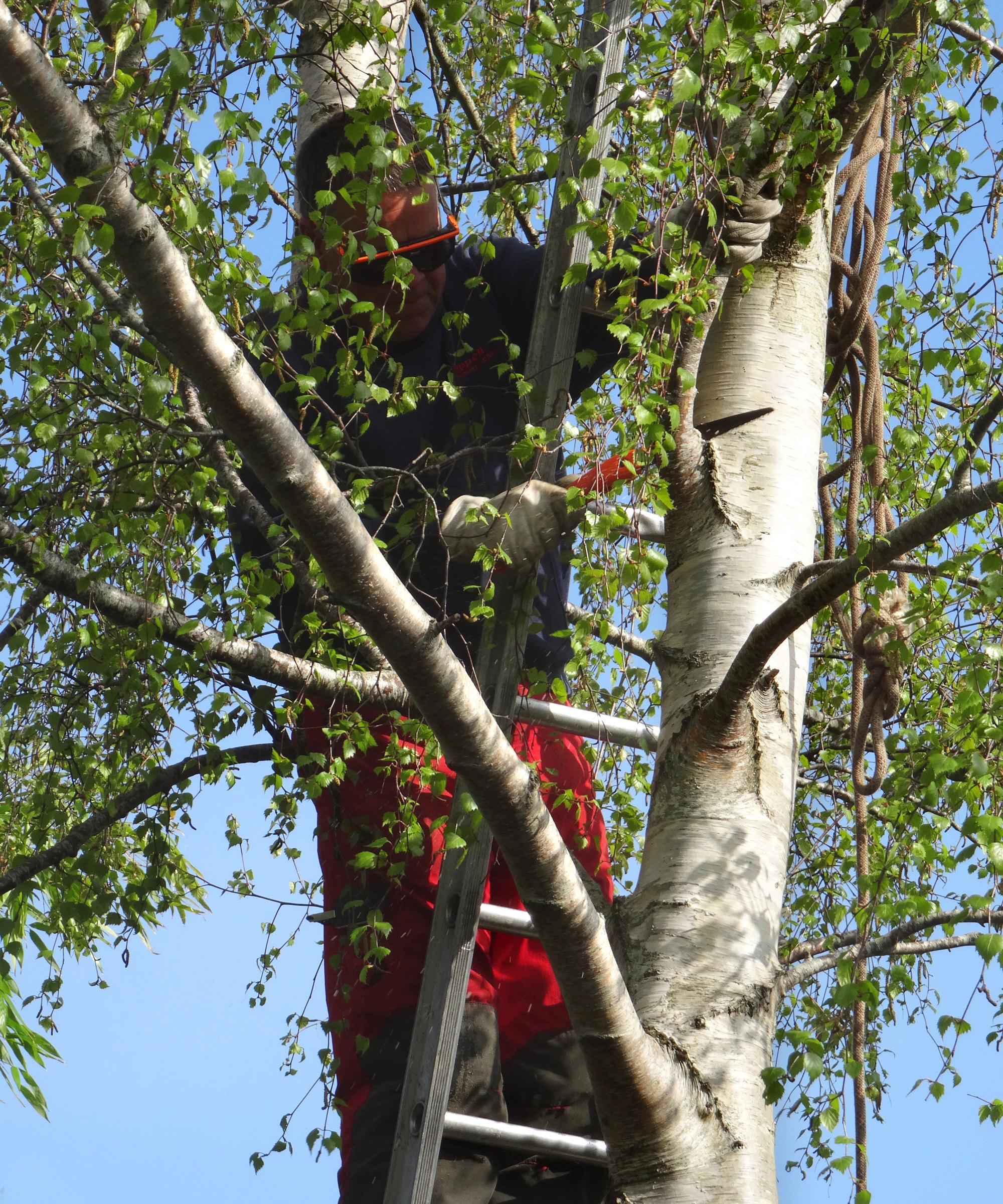 How to prune birch trees – arborists reveal 5 golden rules to follow and 3 things you should never do
How to prune birch trees – arborists reveal 5 golden rules to follow and 3 things you should never doAggressive pruning can be fatal to birch trees – here is how to avoid it
By Drew Swainston
-
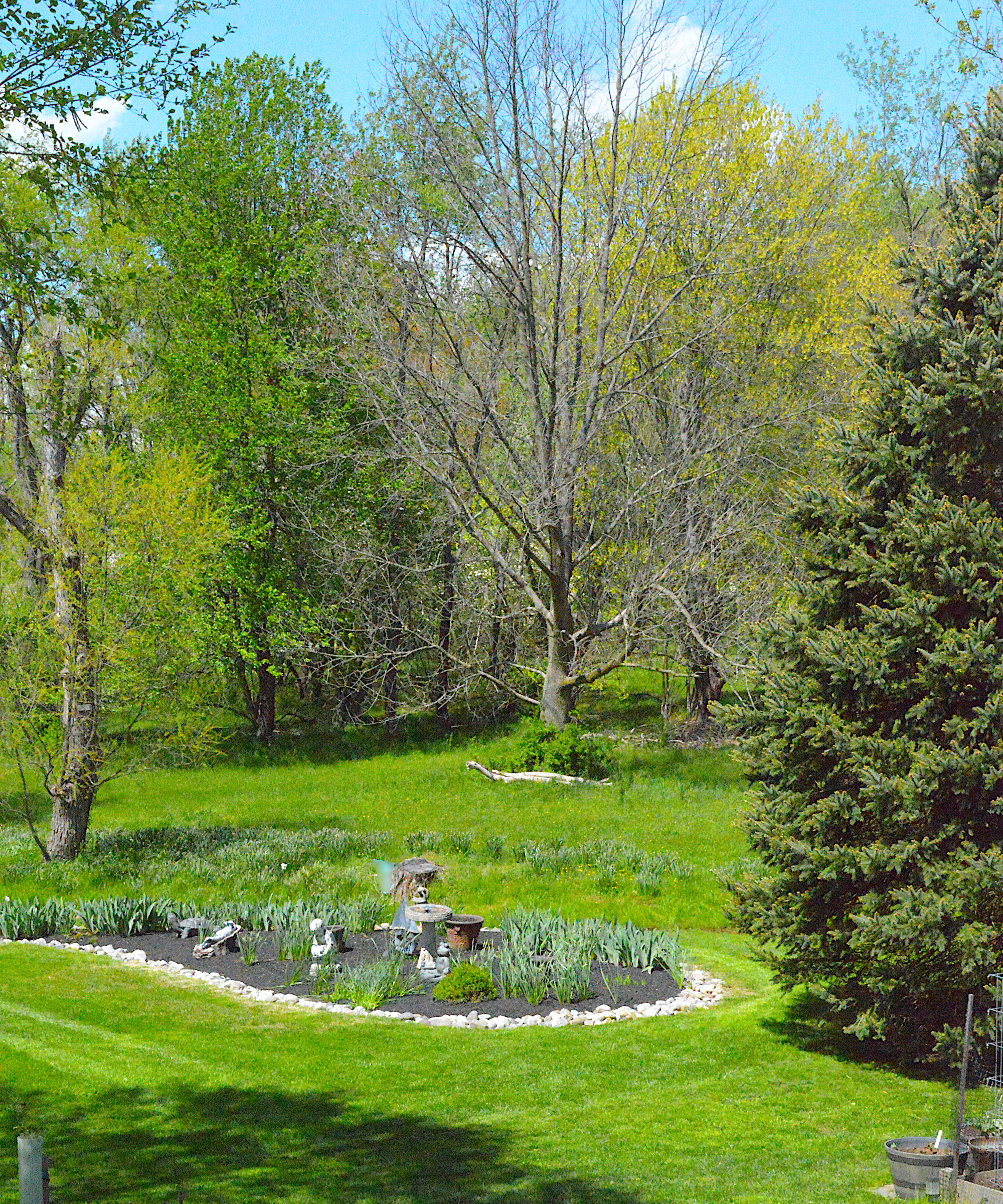 There's still time to prune deciduous trees this month – expert trimming advice for 9 of the most popular backyard trees
There's still time to prune deciduous trees this month – expert trimming advice for 9 of the most popular backyard treesThese trees will benefit from pruning in February with our handy guide
By Drew Swainston
